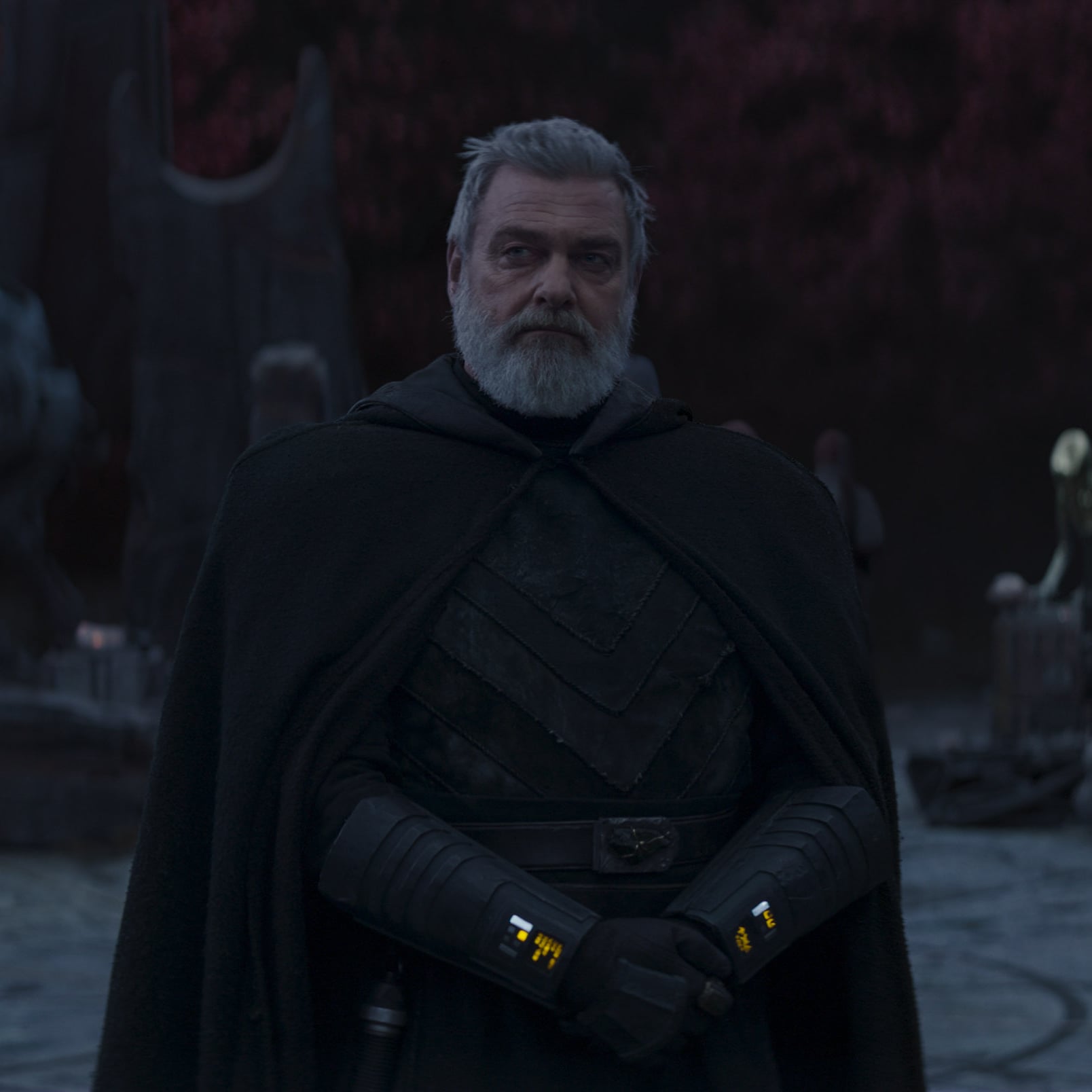
- POPSUGAR Australia
- Celebrity
- Here’s What the Mortis Gods’ Appearance in the “Ahsoka” Finale Means For Star Wars
Here’s What the Mortis Gods’ Appearance in the “Ahsoka” Finale Means For Star Wars

Out of all the Star Wars shows, “Ahsoka” has definitely been the most lore-focused by far. Throughout the season, it leans heavily on elements from the “Rebels” and “Clone Wars” animated shows to move the plot along and underscore the emotional stakes. In the season finale, we get another glimpse of a particularly strange and nebulous piece of the Star Wars canon: the Mortis gods.
All through the season, the courteous yet villainous Baylan Skoll (played by the late Ray Stevenson), a former Jedi himself, has suggested he’s become disillusioned with the very idea of the Jedi and the Sith. Instead, he hints that he’s on his own quest to find something else, perhaps something even more powerful. In the finale, as the rest of the characters square off in clear good vs. evil battles, Skoll has left his own apprentice and set out on a search. We finally see what it is: a trio of statues, representing the Mortis gods. The last shot of Skoll sees him standing atop the statues, located on the mystic Peridea.
What Are the Mortis Gods in Star Wars?
The Mortis gods have only appeared once in previous Star Wars canon: during the animated TV series “The Clone Wars.” While tracing a strange signal, Anakin, Obi-Wan, and young Ahsoka are transported to Mortis, a sort of plane between other realms of existence, where they learn about the Mortis gods: a trio of ancient Force-wielders whose power (and conflict) became so great that one of them, called the Father, sequestered them in this in-between realm. There, he seeks to maintain a balance between the others: the violent, Dark Side-aligned Son, and the life-giving, Light Side-aligned Daughter.
During the “Clone Wars” arc with the Mortis gods, Ahsoka dies and is brought back to life by the power of the Daughter, while the Son shows Anakin a vision of his future as Darth Vader, only for Anakin’s memory to be wiped by the Father. Ultimately, the Son kills the Daughter in an attempt to overthrow the status quo, while the Father sacrifices himself to restore balance, and Anakin kills the Son. The Mortis gods are supposed to be gone, but in “Ahsoka,” it’s obvious something of them remains, and that’s what has been calling to Baylan Skoll this whole time.
What Does the Mortis Gods’ Appearance in “Ahsoka” Mean?
It’s not immediately clear what this means for the future of the Star Wars universe, especially given that – with its post-original trilogy and pre-sequel trilogy setting – we know the Dark Side is set to rise again soon with the First Order. We do know the Mortis gods are supposedly linked to the very origin of the Force, as well as the concept of “balance,” which Skoll, at least, seems interested in as a means of breaking the Jedi/Sith cycle.
Any future storytelling around this arc, however, will have to adapt to real-life circumstances: Stevenson passed away earlier this year. If “Ahsoka” is renewed for a second season, it seems pretty certain we’ll learn more about the Mortis gods and their role in the future of the galaxy.

